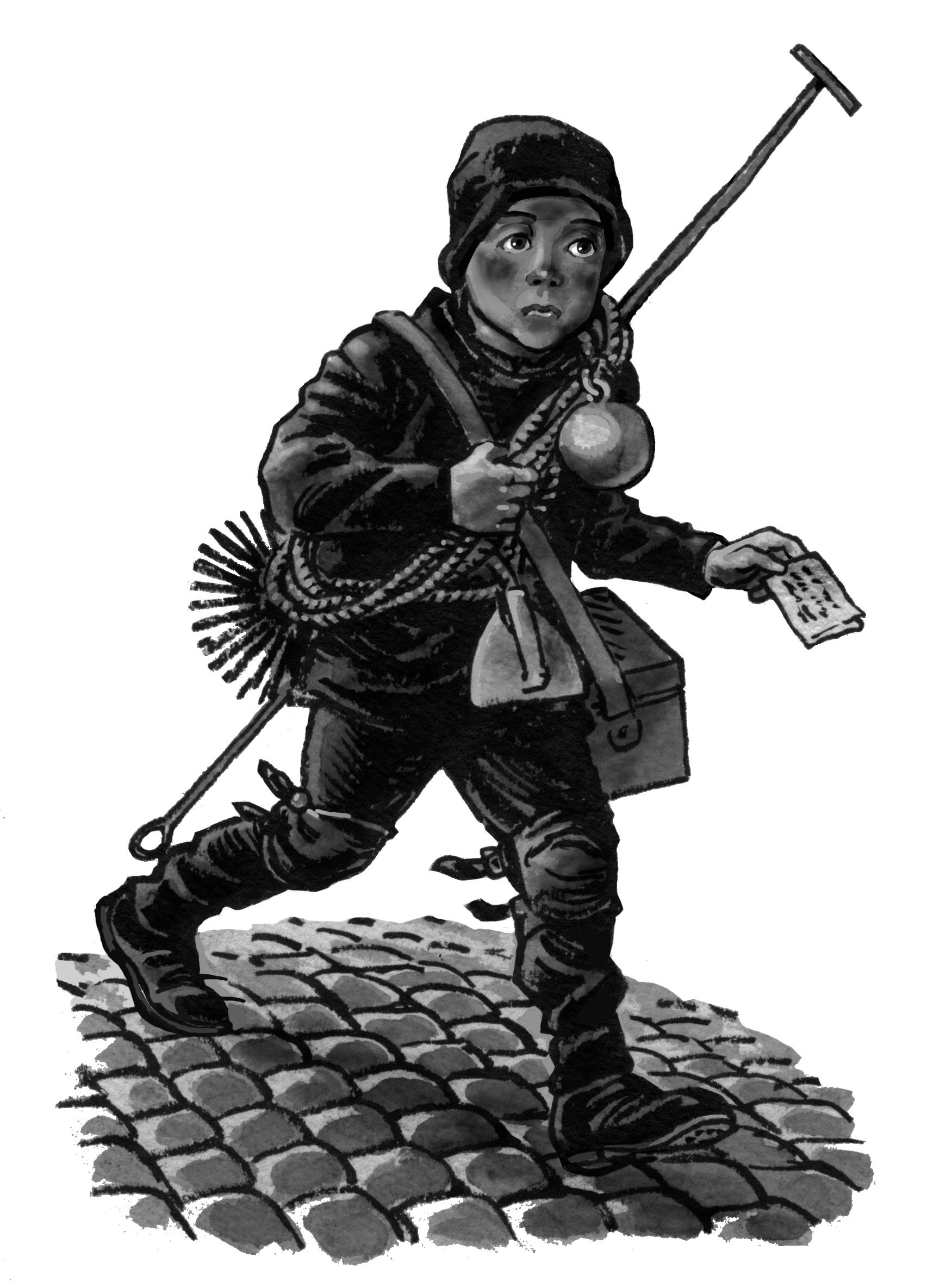Waiting for my design team to create my website, I have gone back to my long-neglected project of doing a memoir that will go into the Gay Center's history archive at my death. I decided to do a new chapter, The Crazy Sixties, about how I and my friends did our respective bouts of craziness in the 1960s. I chronicle
- how, inspired by Allen Ginsberg's Howl, I threw over the academic atmosphere of Columbia and decamped for North Beach, San Francisco, where the Beatniks hung out;
- how I befriended a homeless Beat and got robbed by him;
- how I got picked up by a guy at the top of Coit Tower on Telegraph Hill and was invited for daily lunches followed by a romp;
- how I ushered at a friend's wedding in Grace Cathedral on Nob Hill where the best man was a former trick of his;
- how I ushered at another wedding at Glens Falls, New York, where the groom, the guy who long before had brought me out, married a gifted woman, while I lusted for his best man, and the groom, befuddled, took my wallet by mistake;
- how I wrote wild, crazy poetry like I had never done before;
- how I got high on peyote and saw bearded Hittites, trilobites, Egyptian colossi towering above the Nile, lagoons, mosaics, purple ants, and learned that I could turn clouds green.
It was wild, crazy, foolish, and for the most part, fun. But I can't publish it now, for I name names and am unsparing. Meanwhile, here's something that is published and and awaits its readers.
 |
Paperback and ebook available from Amazon. And for my other books, click here.
Now on to alligators and the Spite House.
NEW YORK HODGEPODGE: ALLIGATORS, COPPERHEADS, VELOCIPEDES, AND THE SPITE HOUSE
This is a hodgepodge of New York experiences, real and otherwise. Don’t look for a unifying theme; there isn’t any, except the wonders and horrors, the quirks and surprises of the city.
New York jokes
These aren’t meant to amuse you; you’ve probably heard them a dozen or a hundred times. But they say something about the New York mentality.
· Tourist: How do I get to Carnegie Hall?
New Yorker: Practice, practice, practice.
· Tourist: Who’s buried in Grant’s Tomb?
(No recorded response.)
· A young man from the provinces arrives in New York, sets his suitcase down, and announces, “Look out, New York! I’m here to conquer you!” Then he looks down: his suitcase is gone.
A New York myth: alligators in the sewers
Snowbirds returning north from Florida supposedly bring back cute little baby alligators as pets. Then, as the pets get bigger and bigger, they panic and flush them down the toilet. Result: Alligators ranging in the sewers. (But hard confirmation is lacking.)
Wildlife in the city
Speaking of alligators, there is plenty of confirmed wildlife in the city. No, I don’t mean roaches, mice, and rats, our ubiquitous fellow residents, or the wood ticks that show up in Jamaica Bay Wildlife Sanctuary and elsewhere in the spring, or even the magnificent peregrine falcons that nest on tall buildings and make precipitous plunges to seize their mammalian prey. I mean unexpected and surprising creatures, as for instance:
· The muskrats I’ve seen in Jamaica Bay Wildlife Sanctuary.
· The little brown bat that zipped past me once in the North End of Central Park.
· The red fox once reported in Van Cortland Park, though I myself never saw it.
· The raccoon I saw high in a tree in Central Park.
 |
| Has this guy been in your garbage? |
In addition to the above, coyotes have been seen in the suburbs north of here and in the city as well, on the streets of Harlem, near Columbia University, and in Central Park, though I have yet to spot one. I thought coyotes were a Western critter, but it seems that there is an Eastern coyote who is common upstate but has adapted to urban settings, since in them he finds all his favorite foods: rabbits, squirrels, cats, small dogs, and garbage. People often mistake coyotes for dogs. Coyotes have long, thick fur, a bushy tail usually pointed down, and erect, pointed ears.
Of course I've saved the best till last: copperheads inhabit the Jersey Palisades, just across the river from New York. They and other creatures lurk in the hollows and crevices under the Giant Stairs, a jumble of huge fallen boulders on the Shore Path of the Palisades, a path that I have often walked, scrambling over the boulders, some of which teeter slightly as you scramble. A rough forty-five-minute trek through a unique landscape that you wouldn’t expect here in the East. Copperheads are poisonous, but like most snakes they keep away from humans, so in my noisy scrambles over the Giant Stairs I have never seen one. Also inhabiting the Palisades are raccoons, red foxes, skunks, chipmunks, shrews, moles, and rabbits – all this, just across from the cement and asphalt density, the traffic and the ruckus, of the city.
 |
| A copperhead: beautiful, if seen from a distance. Look close and you'll see a black snake as well. Tad Arensmeier |
Street cries of long ago
Our streets are noisy with traffic sounds and jackhammer screeches, but street cries of vendors are rare, maybe because they wouldn’t be heard over all that racket. But the early 1800s were different. Here are some of the street cries from that period, uttered by wandering vendors, some with carts, some without:
Here’s your beauties of oysters, your fine fat briny oysters!
Butter mil-leck! Butter mil-leck!
Here’s white sand, choice sand, here’s your lily white sand, here’s your Rockaway beach sand! (Often strewn on floors of taverns.)
Glass put eeen! Glass put eeen!
Sweep ho! From the bottom to the top, without a ladder or a rope! Sweep ho! Sweep ho!
 |
| Morburre |
Chimney sweeps were common on the streets of nineteenth-century New York, as in Victorian England. Usually a master and his young apprentice roamed the streets together, the master calling out his cry to alert the householders in need of his services. The boy would climb up the chimney with a brush to loosen the soot, and then climb down again to bag and remove it. If he didn't climb properly, he might get stuck in there and not come out alive. Only much later did machines replace climbing boys.
The velocipede craze
In 1869 a new craze from France suddenly swept New York: the velocipede. This was a crude forerunner of the bicycle, though at the time everyone thought it the very latest in personal transportation and amusement. Academies and rinks for teaching and riding the velocipede sprang up all over the city, and hardy young males flocked to them to master this new skill. The wheels were of iron and the saddle rigid, which discouraged long excursions, so most of the riding was done in indoor rinks. Accidents were frequent; the victims could display their wounds in much the same way that today's high school football players show their scars and bruises, heroic mementos of a noble sport.
The Spite House
Years ago passersby were puzzled by a four-story row house at East 82nd Street and Lexington Avenue that was only five feet wide. There was of course a story behind it.
In 1882 a clothier named Hyman Sarner who owned several lots on East 82nd Street decided to build an apartment house on his property, which extended almost to Lexington Avenue. Along Lexington Avenue was a narrow strip of land, valueless, he thought, unless joined to the land he already owned, so he set out to acquire it.
Learning that the land belonged to one Joseph Richardson, he offered the gentleman a thousand dollars for the land. But Richardson demanded five thousand, which Sarner thought outrageous. When Sarner refused, Richardson called him a tightwad and showed him to the door. So Sarner built his four-story apartment house anyway, with side windows looking out on Lexington Avenue.
Now came Richardson’s revenge: he would build a narrow four-story building on his strip of land smack against Sarner’s building, thus cutting off the view from Sarner’s windows. A building only five feet wide? His wife and daughter thought he was crazy, but Richardson’s spite was not to be denied; he would live there himself – obesity was not his problem – and rent to skinny tenants.
Within a year the house was built, cutting off the view and light from Sarner’s windows. There were two suites to a floor, each with three rooms and a bath, and stairs between floors so narrow that only one person could use them at a time. To pass each other in the halls, one person had to duck into one of the rooms so as to let the other one pass. Richardson and his wife moved into a ground-floor suite and, amazingly, found narrow tenants who moved in with narrow furniture.
 |
| Look close: the Spite House is in the foreground, slightly lower than the building with awnings next to it. |
The house quickly became a local legend, inspiring articles and jokes. But when a journalist of pronounced rotundity came to interview Richardson and was told that the owner was up on the roof overseeing workmen doing repairs, he started up the stairs and at once got perilously stuck; alas, the more he wiggled to get free, the more he got wedged in. A tenant from the ground floor tried to help by pushing from below, and a tenant from above who wanted to reach the street began pushing in the opposite direction. Mauled simultaneously from above and below, the journalist finally got the two tenants to desist, then took off his outer clothes and wiggled free, and so proceeded up to the roof in his underwear to conduct an airy interview.
Don’t go to Lexington and East 82nd Street to see this anomaly; it and Sarner’s adjoining building were torn down in 1915 – long after Richardson had died – to make room for a much larger apartment building that could accommodate tenants of whatever proportions.
© 2020 Clifford Browder

I enjoyed reeading this
ReplyDelete